7 Types of Massage
Introduction
Massage is a therapeutic practice that involves the manipulation of the body’s soft tissues to promote relaxation, relieve tension, and improve overall well-being. There are various types of massages, each with its own techniques and benefits. In this article, we will explore some of the most popular types of massage and their unique features.
Table of Contents
1. What is Massage?
Massage is an ancient practice that has been used for centuries to alleviate physical discomfort and promote healing. It involves applying pressure, tension, or vibration to the body’s muscles, tendons, ligaments, and other soft tissues. The primary goal of massage is to relax the body, reduce stress, and improve blood circulation.

2. Swedish Massage
Swedish massage is one of the most well-known and widely practiced forms of massage therapy. It involves the use of long, gliding strokes, kneading, tapping, and circular movements on the body’s superficial layers. The main technique used in Swedish massage is effleurage, which helps to relax the muscles and improve circulation.

2.1 Technique
During a Swedish massage, the massage therapist typically applies oil or lotion to the client’s skin to minimize friction. They then use a combination of techniques like kneading, tapping, and long strokes to manipulate the muscles and release tension.
2.2 Benefits
Swedish massage offers numerous benefits, including relaxation, stress reduction, improved flexibility, enhanced blood flow, and pain relief. It can also help to alleviate symptoms of anxiety and depression, promote better sleep, and boost overall well-being.
3. Deep Tissue Massage
Deep tissue massage is a massage technique that focuses on targeting the deeper layers of muscles and connective tissues. It involves applying firm pressure and slow strokes to release chronic muscle tension and knots.
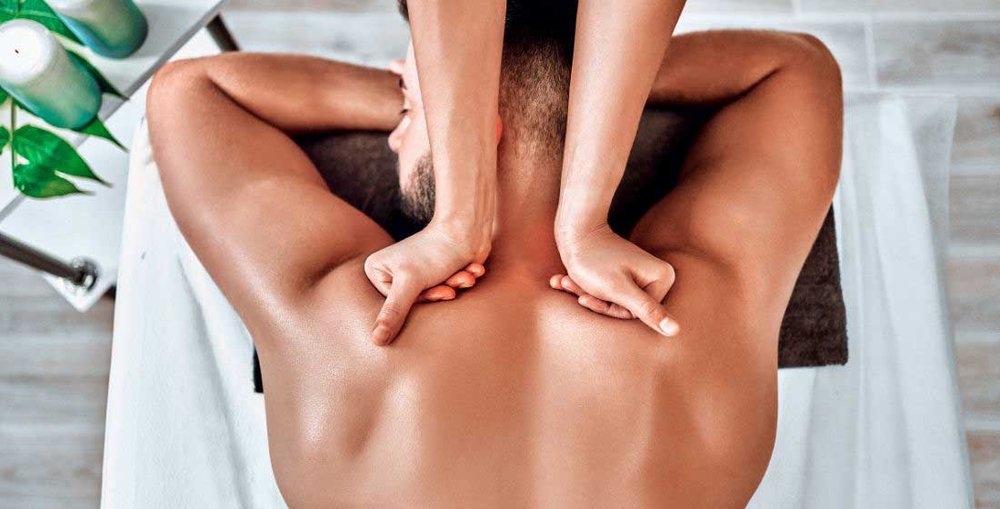
3.1 Technique
During a deep tissue massage, the therapist uses their fingers, thumbs, or elbows to apply intense pressure on specific areas of the body. This technique helps to break down adhesions, improve mobility, and relieve chronic pain.
3.2 Benefits
Deep tissue massage can be highly beneficial for individuals suffering from chronic pain, muscle stiffness, and limited mobility. It helps to reduce inflammation, improve posture, increase range of motion, and promote faster healing of injured tissues.
4. Sports Massage
Sports massage is a specialized form of massage that targets athletes and individuals engaged in sports activities. It aims to enhance performance, prevent injuries, and promote faster recovery.
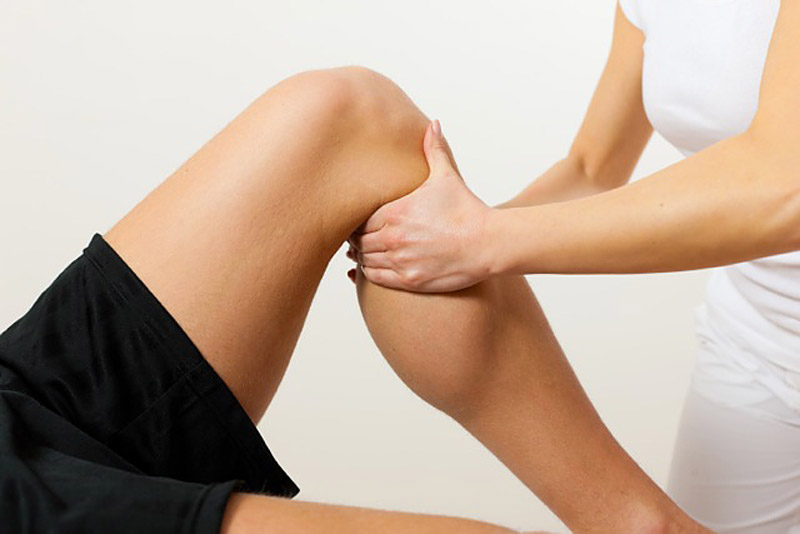
4.1 Technique
Sports massage techniques vary depending on the athlete’s specific needs and the stage of training or competition. It may involve a combination of stretching, deep tissue massage, compression, and joint mobilization to improve flexibility, reduce muscle soreness, and enhance athletic performance.
4.2 Benefits
Sports massage can help athletes improve their overall performance, prevent injuries, and speed up recovery. It assists in reducing muscle tension, promoting muscle relaxation, increasing range of motion, and aiding in the removal of metabolic waste products from the body.
5. Hot Stone Massage
Hot stone massage is a therapeutic technique that utilizes smooth, heated stones to warm and relax the muscles. The stones are placed on specific points of the body to enhance the massage experience.
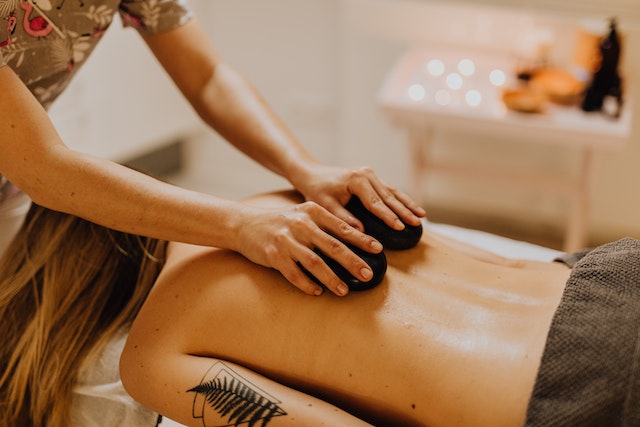
5.1 Technique
During a hot stone massage, the therapist first heats the stones to a specific temperature and then places them on the client’s body. The therapist may also use the stones to perform various massage strokes, providing a deep sense of relaxation and warmth.
5.2 Benefits
Hot stone massage helps to improve blood circulation, reduce muscle tension, and promote deep relaxation. It can relieve muscle pain, alleviate stress and anxiety, enhance sleep quality, and create a soothing and comforting experience.
6. Thai Massage
Thai massage is a traditional form of massage originating from Thailand. It combines acupressure, assisted yoga postures, and deep stretching to restore balance and harmony in the body.
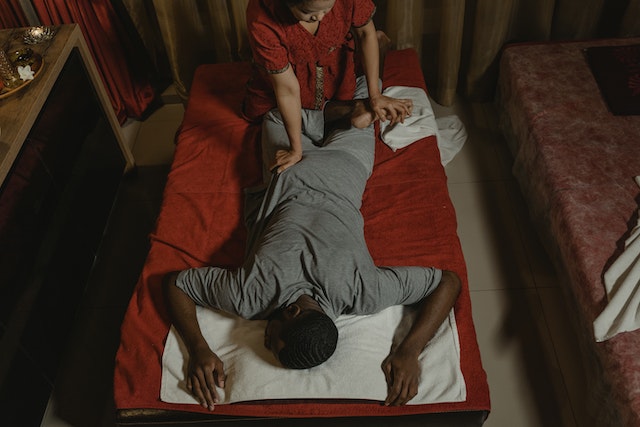
6.1 Technique
During a Thai massage session, the therapist uses their hands, knees, legs, and feet to apply rhythmic pressure along the body’s energy lines and perform passive stretching movements. The recipient remains fully clothed and lies on a mat or firm mattress on the floor.
6.2 Benefits
Thai massage helps to improve flexibility, relieve muscle and joint tension, and increase energy levels. It can boost circulation, stimulate the lymphatic system, improve posture, and promote overall relaxation and well-being.
7. Shiatsu Massage
Shiatsu massage is a Japanese massage technique that involves applying pressure to specific points on the body to correct imbalances and promote healing.

7.1 Technique
During a shiatsu massage, the therapist uses their fingers, thumbs, palms, and elbows to apply rhythmic pressure on the body’s meridian points. The pressure is typically firm but not painful, and it aims to stimulate the body’s natural healing abilities.
7.2 Benefits
Shiatsu massage can help to alleviate stress, reduce muscle tension, improve digestion, and enhance the body’s energy flow. It promotes relaxation, balances the body’s systems, and supports overall health and well-being.
Conclusion
Massage therapy offers a wide range of benefits for both physical and mental well-being. Whether you choose Swedish, deep tissue, sports, hot stone, Thai, or shiatsu massage, each type provides a unique experience and targets specific concerns. Incorporating regular massages into your self-care routine can contribute to improved relaxation, reduced stress, increased flexibility, and enhanced overall health.
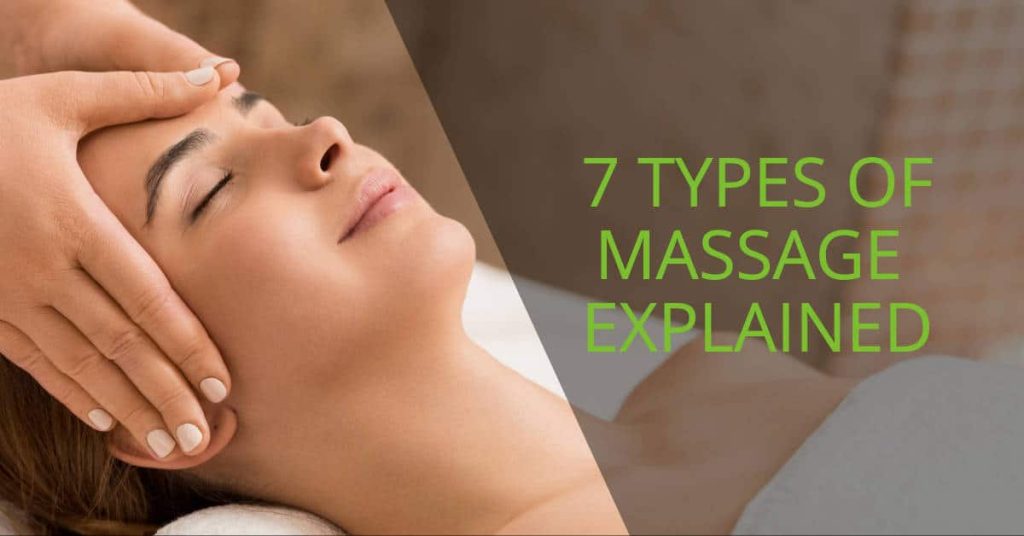
FAQs
1. How often should I get a massage?
The frequency of massage sessions depends on your individual needs and preferences. Some people benefit from weekly massages, while others find monthly or bi-monthly sessions sufficient. It’s best to consult with a massage therapist to determine the frequency that works best for you.
2. Are there any side effects of massage therapy?
In general, massage therapy is considered safe and rarely has any serious side effects. However, some people may experience temporary soreness, fatigue, or mild discomfort after a deep tissue or intense massage. It’s important to communicate with your massage therapist and inform them of any existing medical conditions or concerns.
3. Can massage therapy help with back pain?
Yes, massage therapy can be effective in relieving back pain. Techniques like Swedish massage, deep tissue massage, and targeted muscle work can help to reduce muscle tension, alleviate pain, and promote relaxation in the back area.
4. Is it normal to feel emotional during a massage?
Yes, it is not uncommon to experience emotional release during a massage. Massage therapy can relax both the body and mind, and it may stir up emotions or memories. This is a normal part of the healing process, and it’s important to allow yourself to experience and process these emotions.
5. Can anyone receive a massage?
In general, massage therapy is safe and suitable for most people. However, there may be certain medical conditions or situations where massage is not recommended or requires caution. It’s important to inform your massage therapist about any medical conditions, injuries, or concerns you have before the session.




